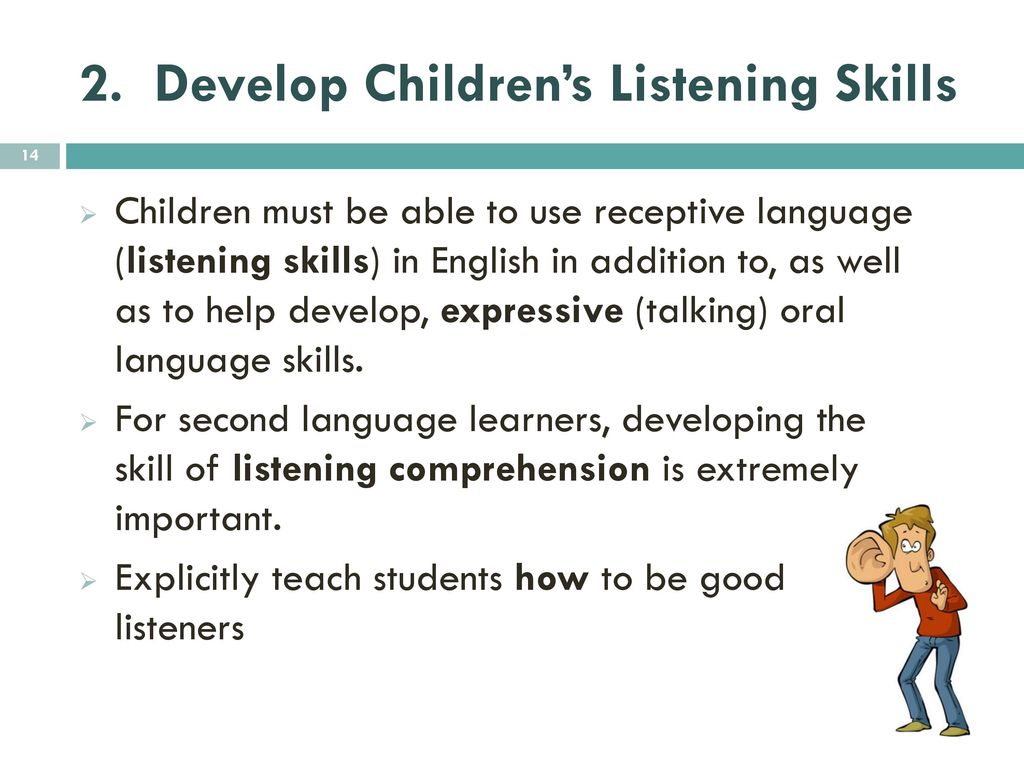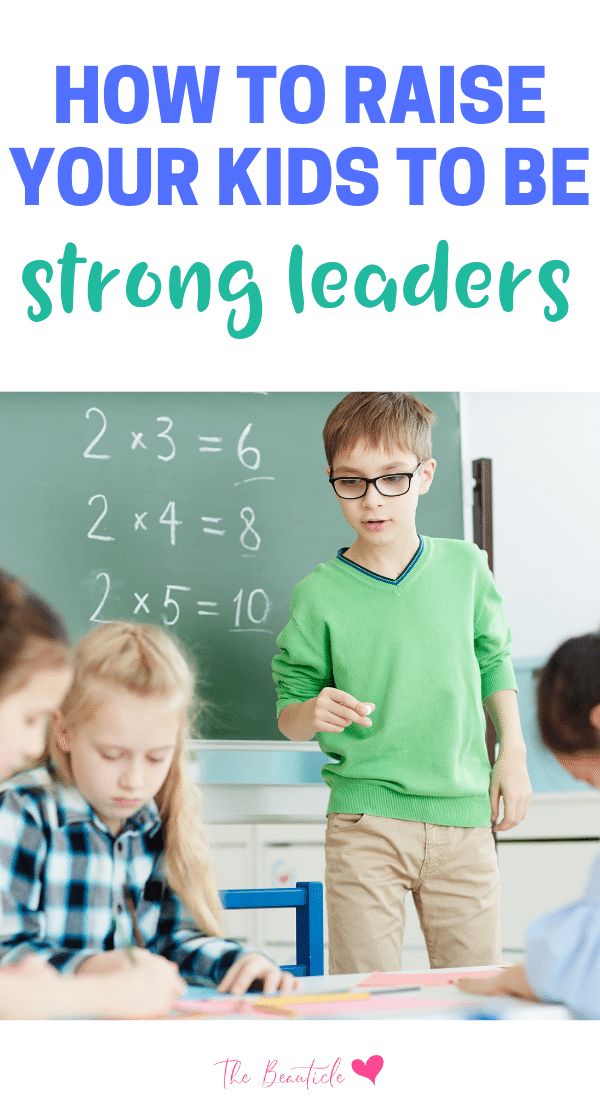How to teach a child active listening skills
5 Ways to Teach Your Child Active Listening Skills
Active listening is an essential skill for your little one to learn early in their development. Listening intently can help them develop relationships and be a good friend. It can also help them to absorb more information in the classroom. Listening opens the door to many amazing opportunities for our children to engage with the world around them. Here, we explain the difference between passive and active listening, as well as five ways to teach your child to be an active listener.
Passive Listening vs. Active Listening
The difference between passive and active listening is that a passive listener is only hearing what the person is saying but is not trying to understand their message or find the lesson. We’ve all had moments when a person speaks to us, but we can’t remember what they said or why they were saying it. This moment is an example of passive listening.
When someone listens actively, they are working to hear and process the information while piecing it together to form an idea or to understand instructions.
5 Ways to Teach Your Child Active Listening Skills
1. Practice Eye Contact
Practice holding eye contact with your child to help them develop the habit, as eye contact can improve concentration. There are so many things that can catch our attention—a bright color, a bird, a sound—and even adults sometimes look away when someone is speaking. A little eye contact can go a long way.
2. Encourage Follow-Up Questions
Another way to listen intently and retain information is to ask questions about the content. To practice this skill with your child, try reading a story with them and asking questions at the end, encouraging them to ask any questions along the way if they feel lost.
3. Play Listening Games
Who doesn’t love a game? Try playing “What was that sound?” This exercise is popular with little ones and is easy to set up. Have them close their eyes, and you play a sound. It could be an animal, a car horn, a teapot whistling, or anything that comes to mind! Have them listen carefully and describe what they hear.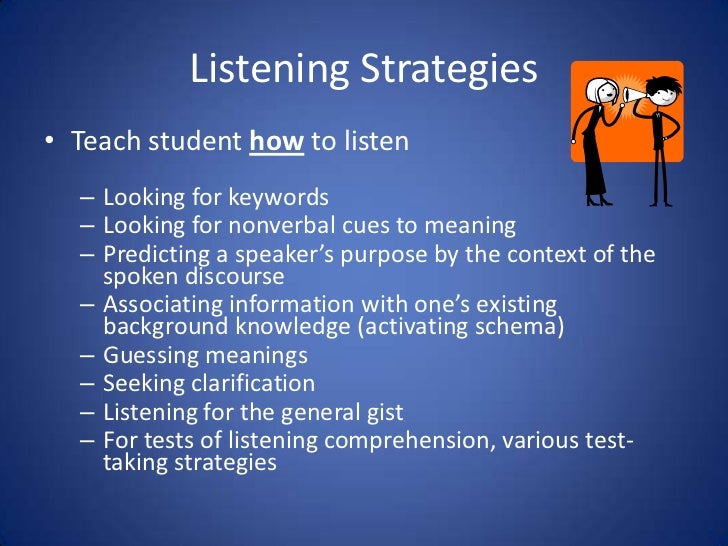 You’ll love seeing their excited faces as they wait for the next sound.
You’ll love seeing their excited faces as they wait for the next sound.
Another game that is easy to play with few supplies is a drawing exercise. Give your child paper and crayons and ask them to listen as you describe a scene. They can listen to your description and draw what they hear as you go along. It’s fun to see what they come up with!
You can also incorporate listening games into everyday chores, such as asking your little one to help you follow a recipe while preparing dinner.
4. Work on Limiting Interruptions
Discuss the importance of waiting for their turn to speak, as their first instinct may be to interrupt to make a comment or ask a question. Help them understand how interrupting a person who is speaking may make a person feel, and give them alternatives, such as raising their hand in class or waiting until the person finishes their thought.
5. Communicate Clearly
As you work with your child to develop active listening skills, there are a few things that you can do to help them learn—one being to actively listen while your child is speaking.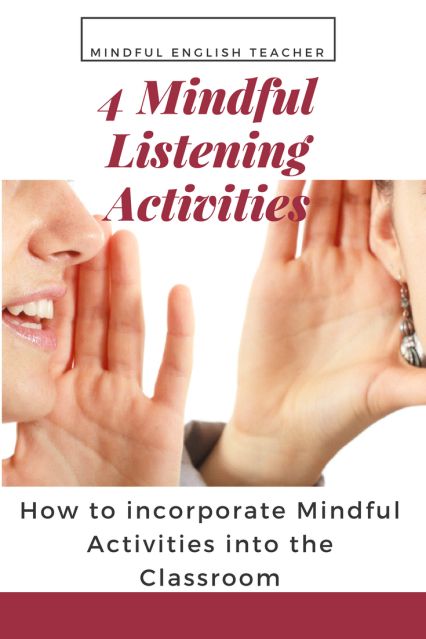 As they’re able to see your subtle smiles and nods, your child can see what an active listener looks like, and they love mimicking their grown-ups!
As they’re able to see your subtle smiles and nods, your child can see what an active listener looks like, and they love mimicking their grown-ups!
Another helpful tool is to give instructions slowly when asking your child to complete a series of tasks. By presenting tasks one at a time, you avoid overwhelming them or losing their attention.
Our goal is to partner with parents to help children succeed inside and outside of school. Contact us to learn more about our toddler program or to schedule a virtual tour at The Gardner School nearest you.
Improve Your Child’s Active Listening Skills
Listening is an important component of learning. A student’s ability to actively listen has a major impact on building the communication skills needed both inside and outside of the classroom.
Active listening is an important “soft skill”, like problem-solving, leadership, and teamwork. It’s a skill that can be acquired and developed — but it takes time and patience to master!
WHAT IS ACTIVE LISTENING?
Active listening means giving full attention to the speaker and trying to understand the complete message being sent.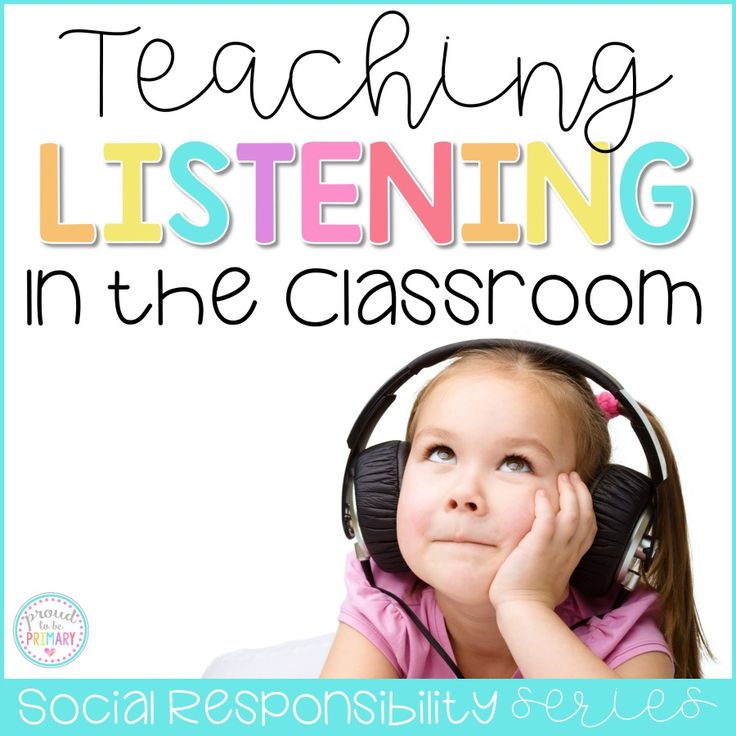 Active listeners show verbal and nonverbal signs of listening. Positive reinforcement, remembering, and questioning are all verbal signs of active listening. Non verbal signs include smiling, head nods, posture, and avoiding all distractions.
Active listeners show verbal and nonverbal signs of listening. Positive reinforcement, remembering, and questioning are all verbal signs of active listening. Non verbal signs include smiling, head nods, posture, and avoiding all distractions.
Active listening also involves encouraging positive conversation. This means acknowledging the other person’s point of view and being able to repeat back what was said in your own words.
WHY IS ACTIVE LISTENING IMPORTANT?
Having active listening skills has many benefits; besides better comprehension in the classroom, active listeners tend to be better communicators and problem solvers. Being an active listener also shows good character, commitment, and is an essential component of being a leader.
Benefits of being an active listener include:
- Fewer misunderstandings
- Faster work rate
- Improved resourcefulness
- More self-reliance
- Improved productivity
ACTIVE LISTENING VS PASSIVE LISTENING
So, what happens if you aren’t actively listening? You may fall into the trap of passive listening.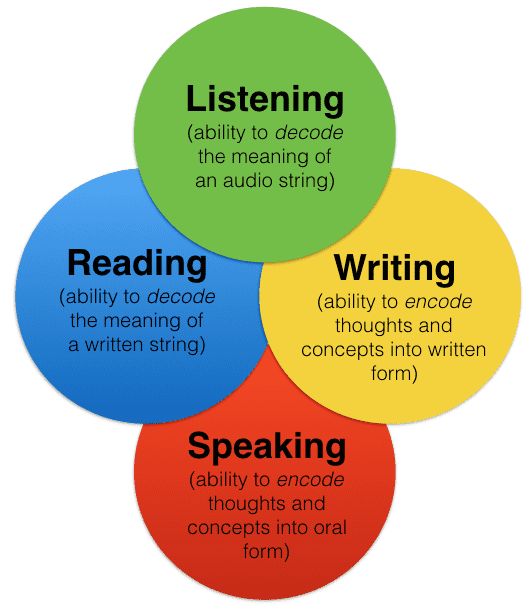 Passive listening is simply hearing what the speaker is saying without really trying to understand it. When students passively listen, they don’t retain information because they are easily distracted.
Passive listening is simply hearing what the speaker is saying without really trying to understand it. When students passively listen, they don’t retain information because they are easily distracted.
Active listening requires the listener to understand the point the speaker is trying to communicate, not just hearing the words he or she is saying.
Becoming a better listener is an important skill that students need to actively develop and practice.
How can you help your child improve his or her listening skills?
FIVE STEPS TO ACTIVE LISTENING
Parents and teachers can teach students how to become an active listener by becoming active listeners themselves. Through modelling active listening to your child, he or she is able to see the value and importance of being an active listener. It also gives your child a reference to develop his or her own listening habits.
Improve the active listening skills of both you and your child by following these 5 tips:
-
Maintain eye contact
-
Don’t interrupt
-
Ask questions
-
Repeat back what the speaker says
-
Listen for total meaning
People who maintain eye contact are seen as reliable, warm, sociable, honest, confident, and active.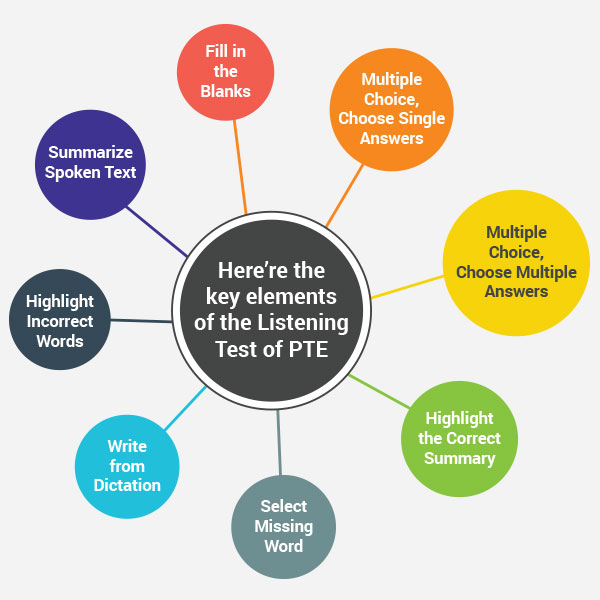 Focusing your eyes also helps improve concentration. This helps you fully understand what the speaker is saying.
Focusing your eyes also helps improve concentration. This helps you fully understand what the speaker is saying.
Let the speaker complete his or her thought before you try to respond. Do not interrupt, finish sentences, or rush him or her. Avoid guessing or assuming where his or her thoughts are going— this can create a negative impact on effective communication.
One way to show you are listening (and make sure you hear correctly) is to ask specific questions about what is being said. This provides clarification, ensures understanding, and shows that you are listening.
Try asking these four types of questions:
Open-ended: expand the discussion further
Example: “How was your day at school today?”
Close-ended: prompt for specifics
Example: “Are you finished your homework?”
Leading: prompts the respondent to answer in a particular way
Example: “Do you have too much homework?”
Reflective: expand and extend thinking
Example: “You mentioned math is your favourite subject in school, tell me more about that. ”
”
Repeat what has been said back to the speaker in your own words. This helps make sure you have understood what he or she is saying. Summarize by repeating the main points of the message. This gives the speaker a chance to correct you, if necessary.
Any message has two components: the content of the message and the underlying feeling or attitude. Both parts are important and give the message meaning. Listen for both for content and the underlying emotions. Sometimes the real message is in the emotion rather than the content.
By following these tips, you and your child are developing the skills you both need to be better active listeners. Practicing these steps with your child will continue to help him or her improve his or her listening habits.
ACTIVE LISTENING ACTIVITIES FOR STUDENTS
Showing your child how to be an active listener by example is only the first step. It is also important to practice these skills.
It is also important to practice these skills.
Try these activities to help develop and sharpen your child’s listening skills.
- Read stories to your child. Ask him or her to predict what will happen next. The prediction requires your child to listen to the details to make a logical guess.
- Cook with your child. Read the recipe to him or her, having your child listen to and follow each step to complete the recipe correctly.
- Have conversations about things your child is interested in. This gives your child a chance to engage in a real conversation, practicing both speaking and listening.
- Play the telephone game. Get together with a group and have one person whisper a sentence to the next person. Each person repeats it to the next until the final person. Have this person say the sentence aloud and see how much the two sentences have changed.
- Create a list of questions with your child for him or her to ask you or a sibling.
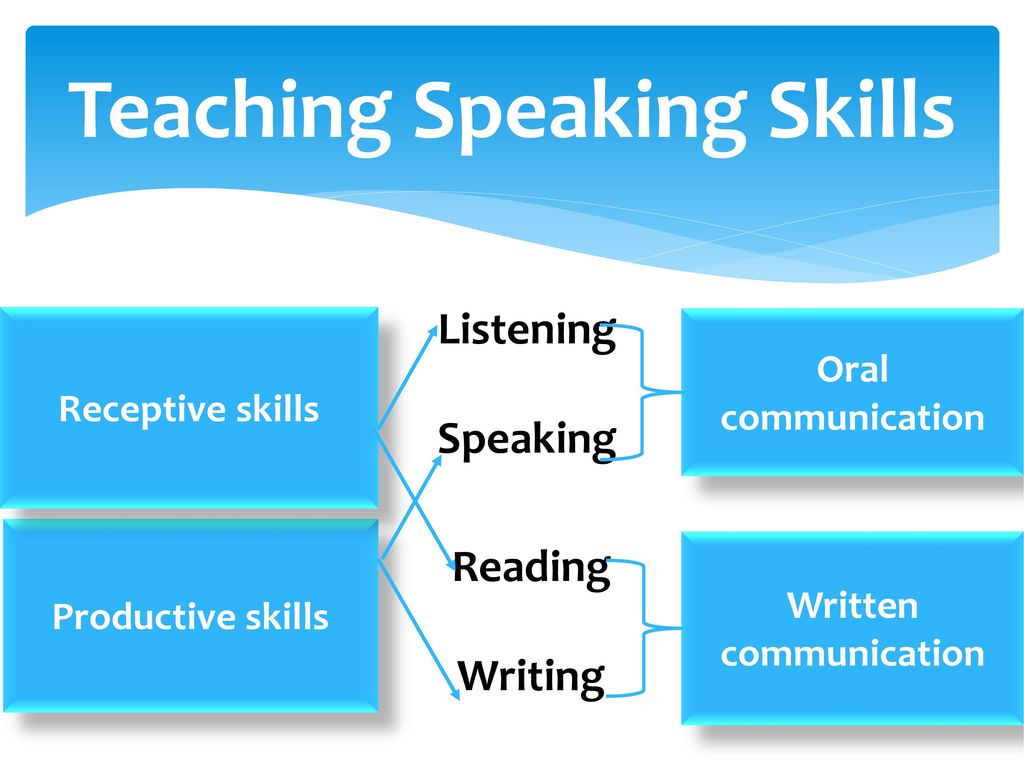 After one person has answered, see how many the other can remember. Switch roles and see how well the other person does.
After one person has answered, see how many the other can remember. Switch roles and see how well the other person does. - Play the “spot the change” game. Read your child a short story. Then read it again, making some changes. Each time your child hears a change have him or her clap or raise his or her hand.
- Get creative with “follow the directions.” Give short, simple instructions and have your child draw according to the directions they hear.
It takes a lot of concentration and determination to be a better listener. Practicing active listening techniques will help students become better communicators and build listening skills they will use for life.
Looking for some extra help? Find out more about Oxford Learning’s programs and how we can help students reach their full potential.
Child active listening
968
Listening to the interlocutor and at the same time really hearing him is not an easy, but very important quality, which many people learn purposefully.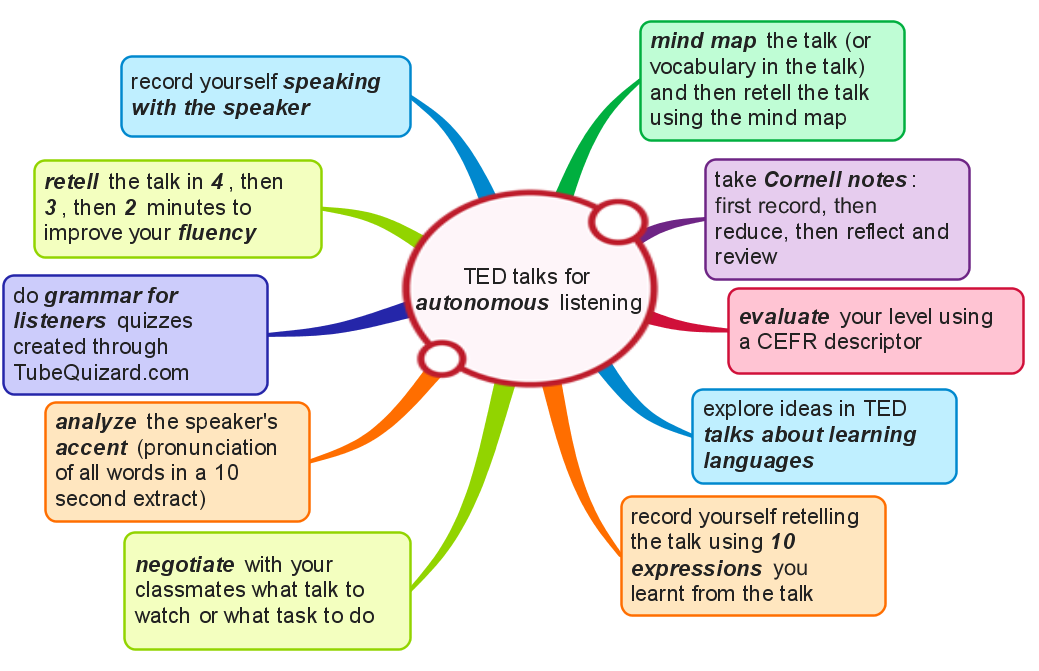 In interaction with a child, this ability is most necessary: it is important for children, like no one else, to feel that they are heard, they want to understand, understand and support. Often the child's problem is solved more effectively not because he was helped, prompted, taught, but because he was simply heard correctly.
In interaction with a child, this ability is most necessary: it is important for children, like no one else, to feel that they are heard, they want to understand, understand and support. Often the child's problem is solved more effectively not because he was helped, prompted, taught, but because he was simply heard correctly.
Active listening involves “returning” important semantic statements to the interlocutor in the process of communication, denoting his emotions and feelings. The child is just learning to understand himself and others. Any problem, question or task is somehow connected with emotional experiences. Using active listening in communicating with a child, adults demonstrate interest not only in words and facts, but also in the internal state, worries of the child, thereby helping him to better understand himself, gain valuable experience and constructively get out of the situation.
Many adults have childhood memories of being left alone with their experiences.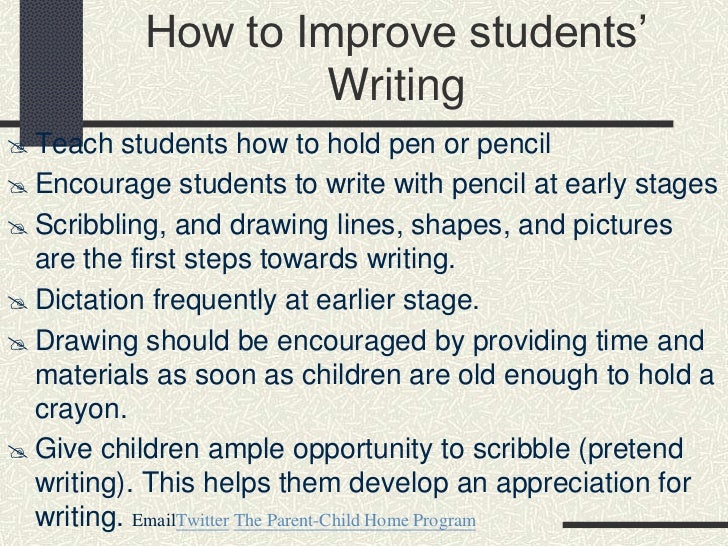 If a toy breaks, come on, you get upset because of nonsense. You quarreled with your best friend - it doesn't matter, make peace tomorrow. It would seem that nothing terrible happened, but in a small children's world, many events that are insignificant for an adult are really comparable to a disaster. Leaving a child alone with his emotions at such moments is like leaving him in the middle of a desert, a river, or lost in a dense forest. Let him figure it out, look for a way, stuff bumps. The child may find a way to cope on their own. However, without the help of experienced and understanding adults, these methods are not always effective, sometimes they lead to irrational attitudes and distorted response patterns for many years.
If a toy breaks, come on, you get upset because of nonsense. You quarreled with your best friend - it doesn't matter, make peace tomorrow. It would seem that nothing terrible happened, but in a small children's world, many events that are insignificant for an adult are really comparable to a disaster. Leaving a child alone with his emotions at such moments is like leaving him in the middle of a desert, a river, or lost in a dense forest. Let him figure it out, look for a way, stuff bumps. The child may find a way to cope on their own. However, without the help of experienced and understanding adults, these methods are not always effective, sometimes they lead to irrational attitudes and distorted response patterns for many years.
What can an adult do when a child feels bad? Listen to him. Listen actively. To do this, he can use the following active listening techniques:
- Turn around to face the child.
The faces of the interlocutors should be approximately at the same level.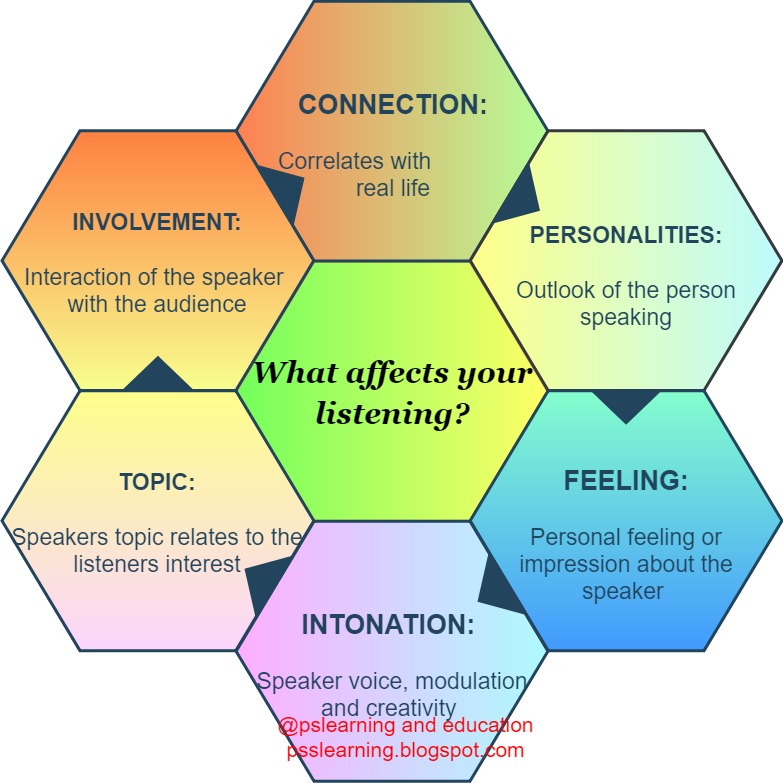 Of course, there should not be any foreign objects and distracting things. You will never be able to understand the feelings of a child properly if you wash dishes or read a message on a social network in the process of communicating with him.
Of course, there should not be any foreign objects and distracting things. You will never be able to understand the feelings of a child properly if you wash dishes or read a message on a social network in the process of communicating with him. - Ask less, affirm more.
When a child is upset or worried about something, questions like “what happened?” can provoke aggression or a desire to close. The child will answer “nothing” and it will become much more difficult to continue the dialogue. Instead of asking a question, try to make a guess: “something happened”. Such a slight difference in intonation can significantly affect the reaction of the child. Instead of “do you want to share?” try saying “I would like you to share with me”. A child who, in a state of emotional arousal, perceives questions as an interrogation with an addiction, will feel that you are on the same wavelength with him and really want to help, and not just find out all the secrets. - Remember to pause.

Try to structure the dialogue in such a way that after each of your phrases the child has the opportunity to comprehend and respond to it. Pauses are not so terrible, they have a psychotherapeutic significance in the process of communication. You should not immediately start the next after one statement, for fear that the dialogue will pause or you will miss an important thought. When you have expressed your opinion, give the child time for subsequent inner work, for reflection and fitting your thought to his feelings. - Paraphrase what the child says.
Don't be afraid to "return" the child's statement by paraphrasing it in the way you understand. This feedback is necessary to maintain a quality interaction. So the child will feel how correctly he was heard and understood. If your statement does not correspond to his feelings, he will be able to correct you, pick up other phrases, and you will be able to give the right advice and indicate his feelings more correctly.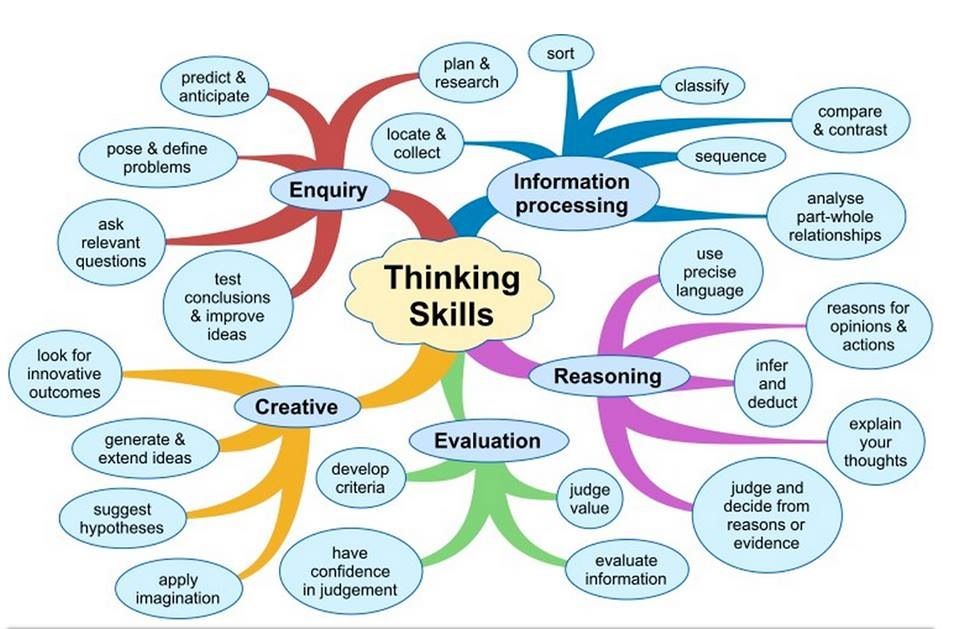
- Don't push.
The child is not at all obliged and does not always want to speak heart to heart. No matter how you are set up for communication and active listening, do not insist, leave him alone. In this case, it is enough just to make it clear that you do not mind listening to him as soon as he is ready. - Accept an interlocutor.
Active listening is much easier if you accept the strengths and weaknesses of the speaker. Location, non-judgmental, unconditional acceptance are essential ingredients in the recipe for active listening. Try to put yourself in the place of the child as often as possible and carefully monitor your reactions.
Start using these methods gradually. Do not rush and expect instant results. If active listening has not been practiced in your family before, it will take time for your child to adjust and adjust. Yes, parents will need it too. Be prepared for the fact that it will not work the first time.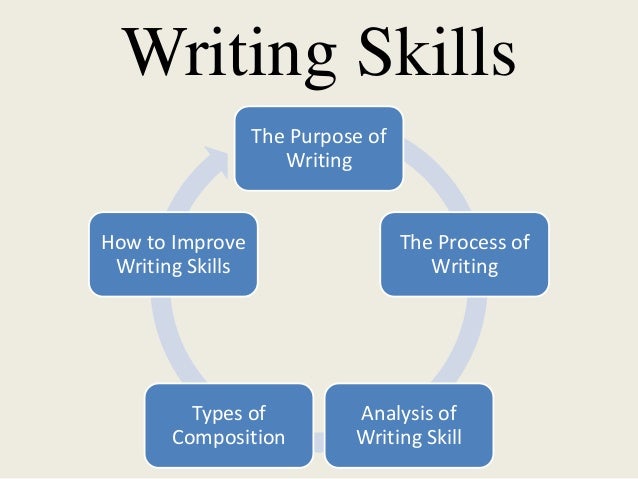 Time and regular practice will hone your active listening skills like any other.
Time and regular practice will hone your active listening skills like any other.
What happens when parents use active listening to communicate with their child?
- The number of emotional experiences is significantly reduced, the child looks at the world calmer and easier. You can call it emotional hardening.
- Trust is formed and developed between parents and children. The child, feeling that they are ready to listen and understand, opens up and begins to share more and more. Sometimes, in this way, parents manage to unravel problems that are more complex than it might seem at first glance.
- Thanks to the correct and timely feedback that parents give in the process of communication, the child gradually learns to independently cope with experiences and stressful situations. There is an effective development of emotional intelligence.
- Children learn from adults, and active listening skills are no exception. Pretty soon you will notice that your child is also trying to hear and understand you.
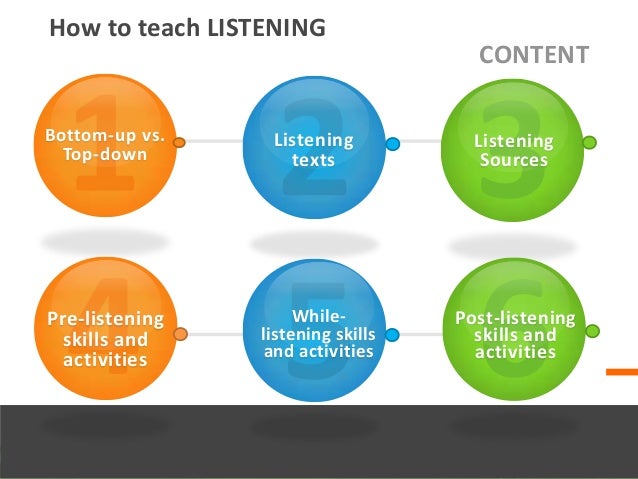 Intra-family relationships are changing beyond recognition.
Intra-family relationships are changing beyond recognition.
Another very important change concerns the parents themselves. Adults, no matter how negative they may be initially, in the process of applying active listening gradually change themselves, acquiring more awareness, sensitivity, patience in relation to the child and to themselves. Development affects all aspects of the relationship, in which they learn to listen in a new way.
Active listening is not difficult to learn. For this, it is enough to have a great desire. Of course, such an approach to communicating with a child is unconventional and not always understandable for many. However, it is very efficient. The time spent on learning and practicing the practice will surely return to all participants in the relationship in the form of saved nerves, as well as the absence of meaningless conflicts, loss of trust and additional negative consequences in the future.
Learn to communicate with children, help them become happy adults!
Did you like it? Share with friends:
Online classes on the Razumeikin website:
-
develop attention, memory, thinking, speech - namely, this is the basis for successful schooling;
-
help to learn letters and numbers, learn to read, count, solve examples and problems, get acquainted with the basics of the world around;
-
provide quality preparation of the child for school;
-
allow primary school students to master and consolidate the most important and complex topics of the school curriculum;
-
broaden the horizons of children and in an accessible form introduce them to the basics of various sciences (biology, geography, physics, chemistry).
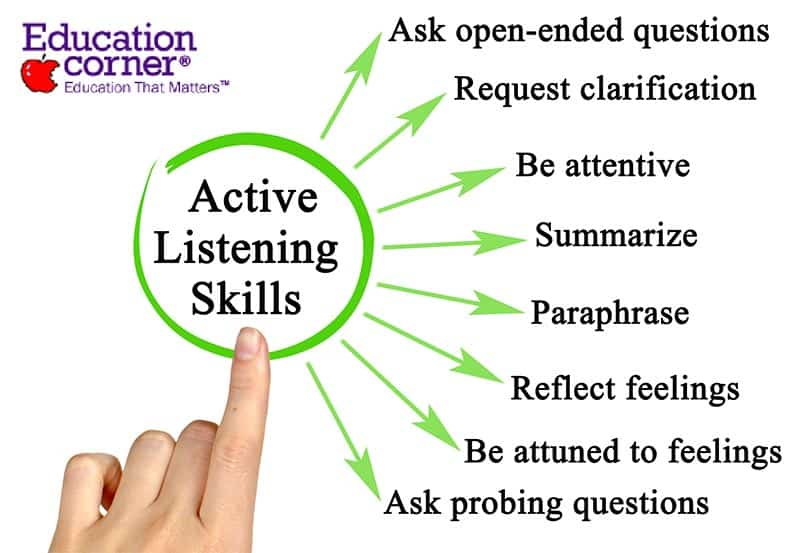
Teaching Children Active Listening - Child Development
Methods and tips for parents to help teach children to listen carefully to the interlocutor
Teaching children to actively listen is quite a challenge. However, you don't have to be a well-trained professional to teach this important skill. With a little informational preparation, you can initiate your children into all the secrets of active listening. There are several methods and techniques that help parents teach and train their children in active listening. Here are some of them.
Time machine method. This is one of the best ways to teach children to actively listen. When your children come home from school, sit next to them and start a conversation about the events that happened during the day, especially during school hours. The school becomes a second home for children, in which everything that happens is of great importance.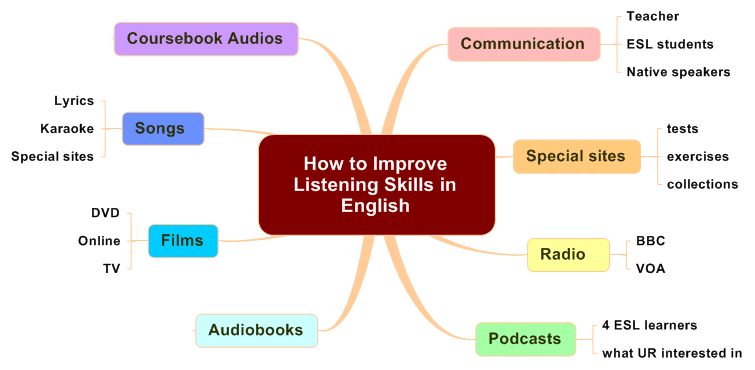 Experts recommend that parents ask questions about the school day and ask them to list all the events in chronological order.
Experts recommend that parents ask questions about the school day and ask them to list all the events in chronological order.
So your children will tell from memory about everything that happened to them today. However, as parents, you will need to be careful about the accuracy of the chronologically correct presentation. Therefore, it is necessary to encourage them to remember each event. To do this, you can ask the children to sit in the "time machine", go back a certain number of hours, experience each event again and remember all the important words spoken by the teacher. When your children are trying to remember the course of events, you need to actively participate in the conversation, helping them to remember the entire chronology.
Word painting. This is an unusual way in which your child has to repeat the entire sequence of events of the day from memory, emotionally "coloring" his story. From the point of view of psychology, children are not yet sufficiently capable of instantly recalling spoken words.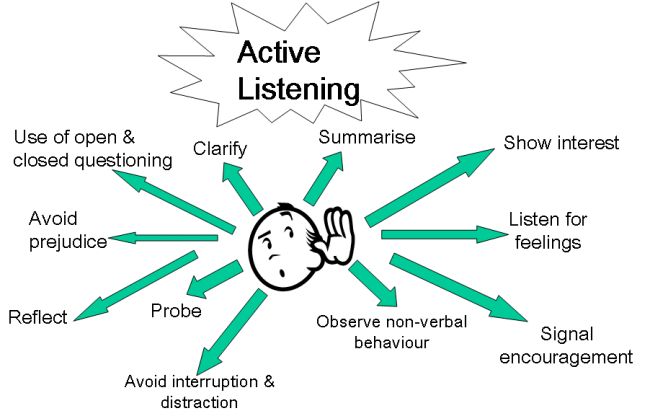 Therefore, they always try to use a lot of words, images and scripts for explanations. Active listening develops in children when you teach them to listen to different words and associate them with different images and scenarios.
Therefore, they always try to use a lot of words, images and scripts for explanations. Active listening develops in children when you teach them to listen to different words and associate them with different images and scenarios.
Reading method. Productive listening should be the goal of all parents. One of the best ways to teach active listening is to read aloud to children. When you have read the story, you can ask the children to retell it. This simple approach will help them develop the habit of listening to spoken words with close attention.
Chinese whisper. This remarkable method is known throughout the world for its extraordinary genius. Any simple message changes as it is passed from one person to another. The ability to understand and comprehend the spoken word varies from person to person. This is due to the lack of active listening skills. However, this method can very well help develop active listening. Parents can use it daily.